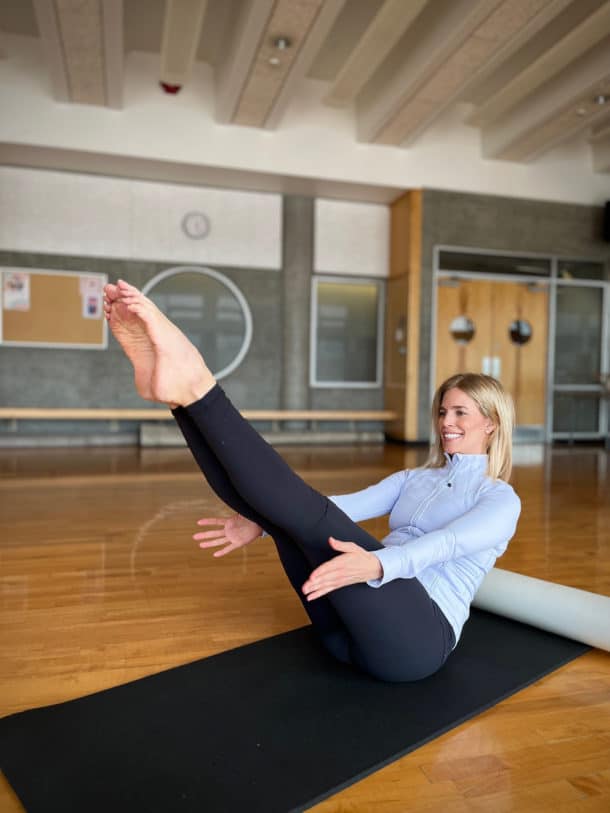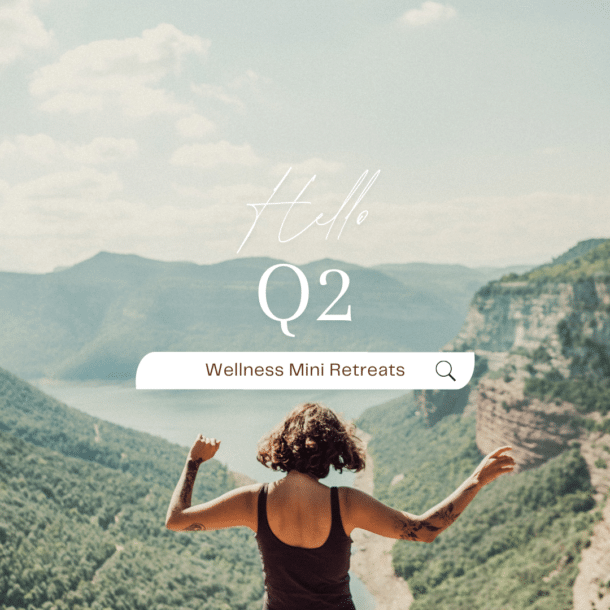Making time to reflect is easier than most realize.
I was invited to participate in a Zoom meeting with Joseph Badaracco, Harvard Business School professor and author of Step Back. The discussion and book is about the importance of reflection and how to make time to reflect every day.
The opportunity couldn’t have come up at a better time. I was struggling with the Pilates principle of Whole Body Movement because the spiritual aspect is not well defined. You’ll see in the struggle in the Week 8 videos.
What dawned on me is that I have been teaching the series for several weeks and feel comfortable teaching the material. As a class, we have reached a level of competence which means it requires less mental effort to complete the practice.
In Pilates, it’s referred to as unconscious competence. New exercises and tweaks to improve your form continue to make the practice challenging but it is no longer taxing your mind. Consequently, your mind has the freedom to think, ponder and reflect about other issues and ideas while you practice.
Learnings from Step Back
I’ve summarized some of the key learnings from my meeting and will likely revisit the topic once I’ve had a chance to read the book.
Why most people don’t make time to reflect.
1/ Too busy
2/ Spend free time on social media
3/ Have serious responsibilities that are all consuming
What is reflection?
1/ Down shifting: Slowing down your brain.
2/ Pondering: Looking at the problem consciously.
3/ Measuring up: Staying focused and doing whatever it is well to meet your standard.
How to incorporate reflection into your life
1/ Mosaic reflection or good enough reflection. Doing short, regular periods of reflection rather than taking a long retreat.
2/ Change your physical position. Look out the window or take time to walk, meditate or pray.
3/ Exercise if it’s not too mentally taxing.
Engaging your body in a physical practice can free the mind.
1/ Change your rhythm.
2/ Give you a different perspective on a problem or solution.
3/ Spark creativity and help you reassess risk.
Concretizing thoughts and ideas
1/ Imagine the meeting or discussion.
2/ Think about the other person’s perspective.
3/ Think about what bothers you about the topic or the sticking point.
Contact Us
Please email us to request more information about our services and collaborations.
Stay Connected
Subscribe free to receive our latest tips, workouts, exclusive offers and community notifications every Monday.



